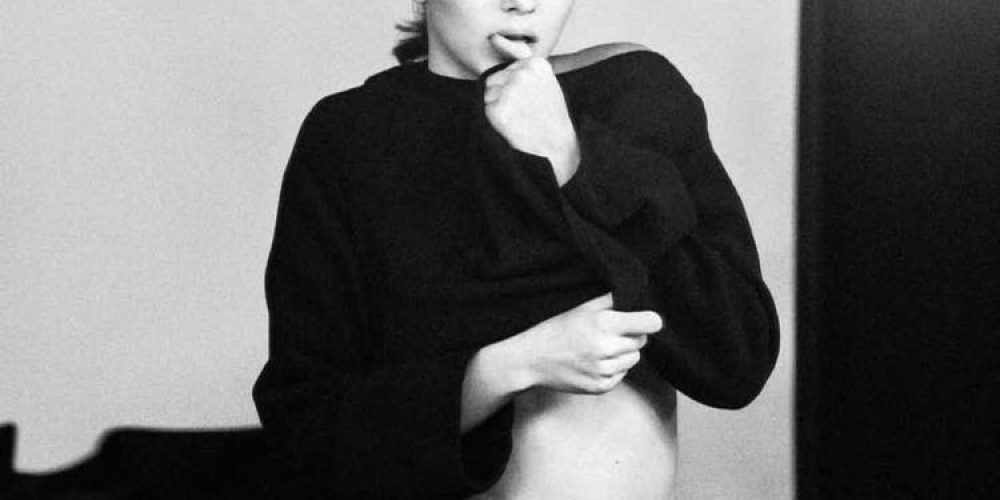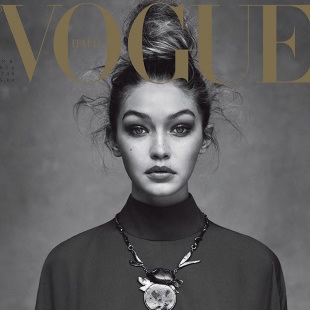Cathy Horyn’s latest editorial for T Magazine, ‘The Post-Trend Universe,’ identifies an important development in the fashion world: the end of trend tyranny. I do think that Horyn is on to something, and whenever I read compelling fashion writing, I ask, «Is there a Modelling angle to this?»
First, read these excerpts from Horyn’s editorial:
Of course, throughout the 20th century, the way women dressed was governed by trends — from the hobble skirt of the 1910s, a Paris invention that spread to small cities and was ultimately sold by Sears, to Dior’s radical New Look of 1947, to the ’60s miniskirt. But for lots of reasons, mostly to do with economics and, inevitably, the Internet, the industry has moved away from that model. The last big trend that I can recall, one that started on the runway and exploded among mainstream manufacturers, was the hospital-green cargo pants that Nicolas Ghesquière made for Balenciaga.
In the past, trends allowed every part of the fashion business to get a piece of the action. Department stores could sell their beloved “hot items,” magazines could assert their authority over readers and manufacturers could produce endless knock-offs. This might have been great for business, but less so for the consumer.
Although the term “trendy” suggests speed and thoughtless consumption, the heyday of trends occurred, paradoxically, in eras when people had time to absorb change. A hemline remained in place for years, whereas today every length is on offer. In a funny way, I think we’re moving toward a more relaxed attitude about many things, if only out of necessity. We tune out the haters and the screechy TV dress pundits, and we tune out clothes that seem punishing or artificial to us.
If anything, we probably need more individual expressions of style, even if they are a minimalist whisper. A couple of years ago, Simons created an eclectic Dior collection around the notion of freedom, with styles loosely inspired by a variety of global influences. You may ask: Aren’t we already free to pick and choose? But Simons was really addressing fashion insiders. Because, while we may live in a post-trend universe, there is still consensus among editors and buyers about what is cool or chic in a given season. In a way, insiders cling to the notion of clearly defined themes more than anyone else; that’s why you see the same styles repeated in stores. Simons was simply arguing for more open-mindedness, more oddball gems in the mix.
Read Horyn’s full piece here.
In modelling too, there have been large, sweeping trends — the all-American blonds of the 1980s, the towering glamazons of the late ’80s and early ’90s, the heroin-chic waifs of the ’90s, and the Brazilian sexpots and Eastern European doll-faces of the early 2000s.
These big trends always have a foil: a sect of models whose look rebels from the current norm. Sometimes, those rebels actually kick off a whole new trend: the Kate Moss era did begin at the height of the Amazonian Supers’ hey-day.
Today, it seems that there is no real dominant trend. Lara Stone inspired far too many brow bleach jobs and the annoying cheek-sucking pout in polaroids, and while her look is echoed by Daphne Groenveld and Anna Ewers today, the look was really one micro-trend among a variety of disparate looks.
Since the end of the Stam-Ward-Marks-Pivovarova days, we haven’t seen such a pervasive trend. And here I’d like to differ between a «trend» and «diversity.» White models still dominate, and thinner models still dominate — they always have. Whiteness and general thinness are not trends in model looks. They’re expectations, like having two eyes and ears — to hyperbolize just a bit.
And if there is a parallel with Horyn’s argument it is this: «In a way, insiders cling to the notion of clearly defined themes more than anyone else.» While there’s something unexpected about two drastically different models like Lindsey Wixson and Miranda Kerr sharing a shot (see image below), and insiders continually expand their ideas of what beauty can be with every crop of new faces, there is certainly a continued limit when it comes to real diversity.
Large individual victories are often just that. Robyn Lawley booked the Sports Illustrated Swimsuit Edition. She booked it. We cheered. And that’s all folks.
There may not be another large era defined by a look, but there remain unwritten limits on who can appear at a casting without raising an eyebrow.







Comments 0